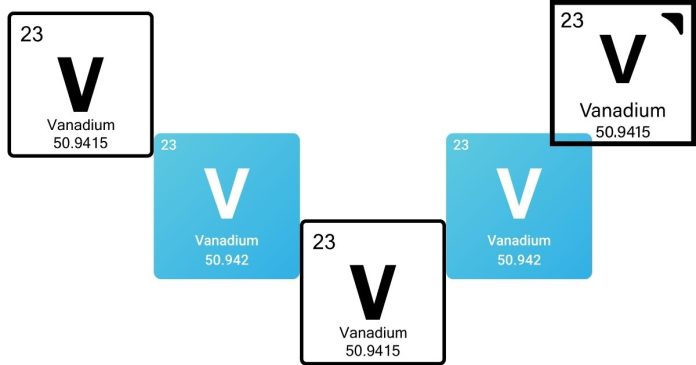To determine the oxidation number of vanadium in V₂O₅, we need to follow the rules of assigning oxidation numbers.
1. Oxygen’s oxidation number: Oxygen typically has an oxidation number of -2, except in peroxides where it’s -1.
2. Vanadium’s oxidation number: Since we have V₂O₅, we know that the sum of the oxidation numbers of all atoms must equal zero (because it’s a neutral compound).
Let’s assign the oxidation number of oxygen as -2. We have 5 oxygen atoms, so the total oxidation number contributed by oxygen is:
5 × (-2) = -10
Since the compound is neutral, the sum of the oxidation numbers of all atoms must be zero. Therefore, the total oxidation number contributed by the 2 vanadium atoms must be +10 to balance the -10 from oxygen.
Let’s calculate the oxidation number of each vanadium atom:
+10 (total oxidation number) ÷ 2 (number of vanadium atoms) = +5
So, the oxidation number of vanadium in V₂O₅ is +5.


